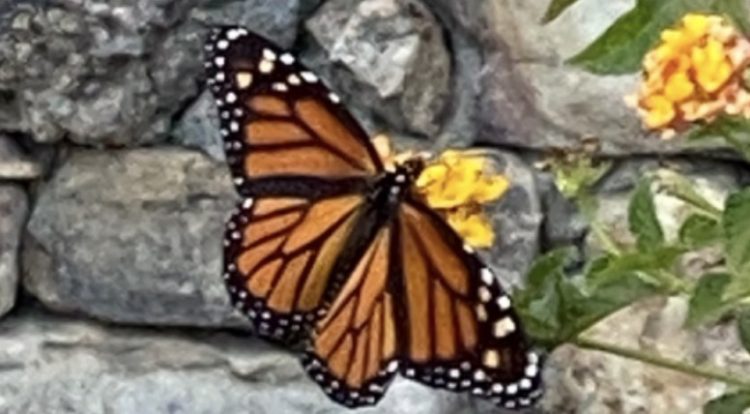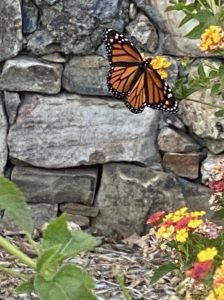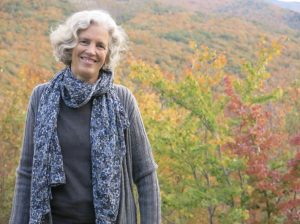Environment
Short Takes
Georgia’s new data center rule increases local controlDecember 1, 2025

By David Pendered
Oct. 15 – Monarch butterflies are fluttering across metro Atlanta and Georgia as the peak autumn migration season comes to a close for these threatened pollinators.
Metro Atlanta has been home to the most sightings reported by citizen scientists in Georgia through Oct. 17, according to the map maintained by the nation’s signature program to track migratory species, Journey North. Journey North was founded in 1994 by biologist Elizabeth Howard and acquired in 2019 by the University of Wisconsin – Madison Arboretum.

Areas around Savannah, St. Simons Island and along the Savannah River are home to the next largest concentrations of monarch sightings. The bugs in Georgia are on their annual southbound migration from North America to their winter home in the Sierra Madre Mountains of Mexico, according to a report by the U.S. Forest Service.
These sightings posted on Journey North aren’t for large numbers of monarchs. Photos that accompany many of the reports show a single insect resting on a plant.
For instance, in the City of Atlanta one monarch was reported on Oct. 1, another one Oct. 6 and one on Oct. 7, according to the state-by-state report on Journey North’s website. In Marietta, six were reported Oct. 6. In Doraville, three were reported Oct. 13. The largest sighting reported was 25 monarchs, on Sept. 27 in Whitesburg. Fifteen was the next highest count, reported Oct. 10 in Albany.
The federal government could use this information as officials consider listing monarch butterflies as an endangered or threatened species. The listing would provide protections for the monarch and its favored habitat and food, milkweed, which is being lost to human development.
The federal Fish and Wildlife Service issued a ruling Dec. 17, 2020 in which it specifically requested public input on the monarch population. The FWS ruling observes:

The use of Journey North’s database would underscore the mission that Howard had in mind when she started the program in 1994. With funding from Annenberg Learner, a division of the Annenburg Foundation, the program has grown to offer “an app, tracking maps, teaching and curriculum tips, and the call to ‘Go outside. Explore your own backyard. Get ready to share what you see.’”
This description of the Howard and the program was provided in a story by the University of British Columbia, Vancouver Campus, as part of Howard’s presentation there in 2018. Of Howard’s visionary leadership, the story observes:
Note to readers: Click here to report a monarch sighting to Journey North.
0